When it comes to mixing the low end, it is usually a pain for the producers to try to achieve clean and balance mix between the kick and the bass.
We don’t want them neither to be too quiet or too heavy as it can totally ruin your mix.
Hence, let us present you our 5 main tips to actually let the low end not just sound awesome on your sound system, but also on others’ as well.
1. Make sure they’re both in mono
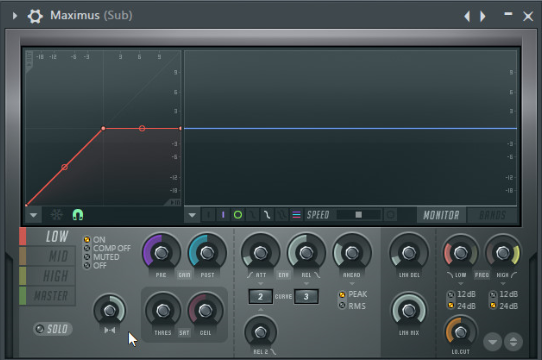
In order to prevent phase issues in the low frequency, it is best to keep them in mono. When they are not in mono, the phase of left channel and right channel may be out of sync causing them to suffer phase cancellation issues when they are mixed together.
2. Ducking the bass
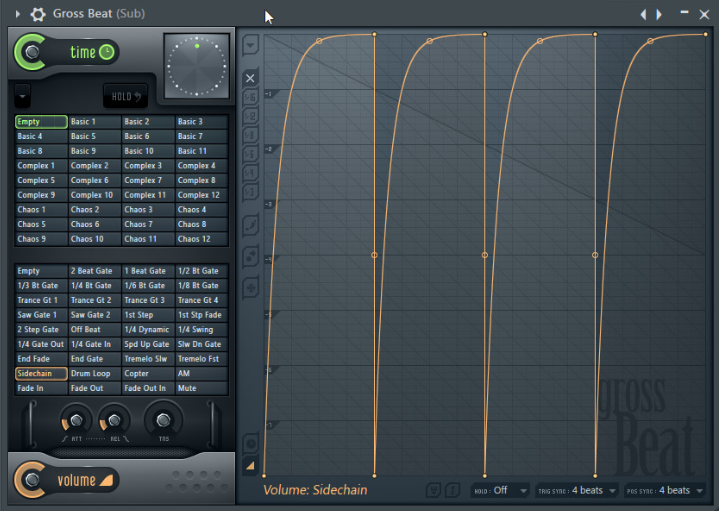
When we are mixing our tracks, we want the kick and snare to be the most powerful elements in the mix therefore we need them to be the loudest. When the kick hits, we want the bass to be ducked or else it will clash with the kick itself. Ducking the bass is also important just so that the kick can punch through the mix without causing too much trouble.
3. Divide the frequency
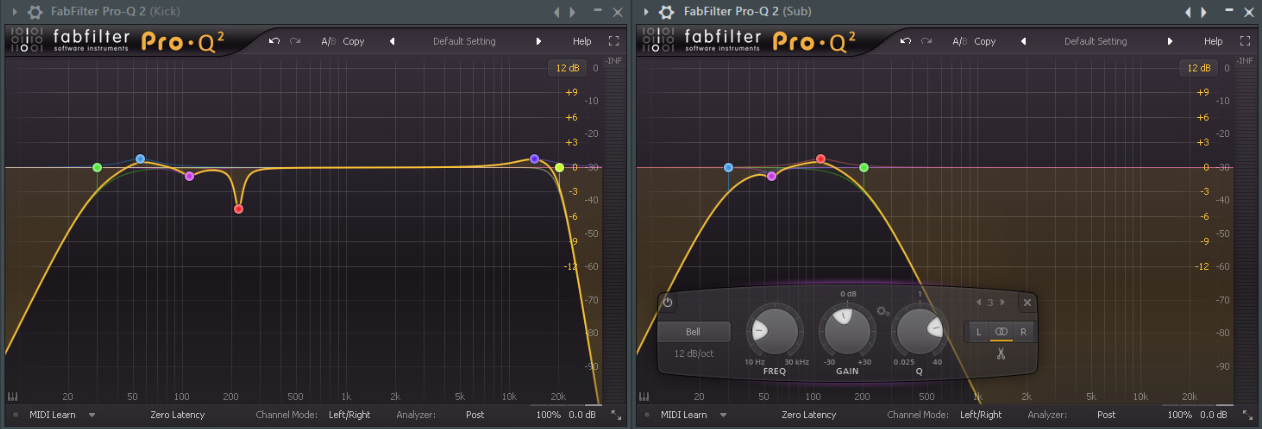
We need to separate the frequency spectrum between kick and bass, allowing them to play in their own separated part of frequency spectrum so that they do not clutter up each other’s spaces. Analysing both of the elements, you can find sweet spots for each instrument. When you boost certain frequency on one instrument, make sure to roll off the same frequency on the other instrument to make room for both to fit nicely together.
4. Make sure kick is in the same key of the track
To make sure that the kick sounds good when interfering with the sub bass, choose a kick that is in the same key as the song which you are making. This allows the low end to sound more harmonic when the kick is playing in the same key with the rote notes of the track.
5. Referencing
When it comes to achieving a clean low end in the mix, it is very subjective to every producer out there because we all have different kind of tastes. Choose a song that has the same vibe as the one you are making and compare them directly. Using the reference track as a guide for your mixing process, you will be more likely to know what you need to do and fix in order to have similar result in the low frequency. Have a high cut at 150Hz for both tracks and try to compare each other to give yourself a better understanding.
In a conclusion, it is crucial to get a clean mix on your low end because you can’t deny that the biggest hits ever made would be unlistenable if they have muddy low end in their mixes. Actually it is not even that hard if you apply these techniques carefully and correctly in your mixing process. Try them out and see the result yourself.
Thanks for reading.
Your W.A. Production team














_Cropped.png?width=1600&name=02%20(2)_Cropped.png)




















Your Comments :